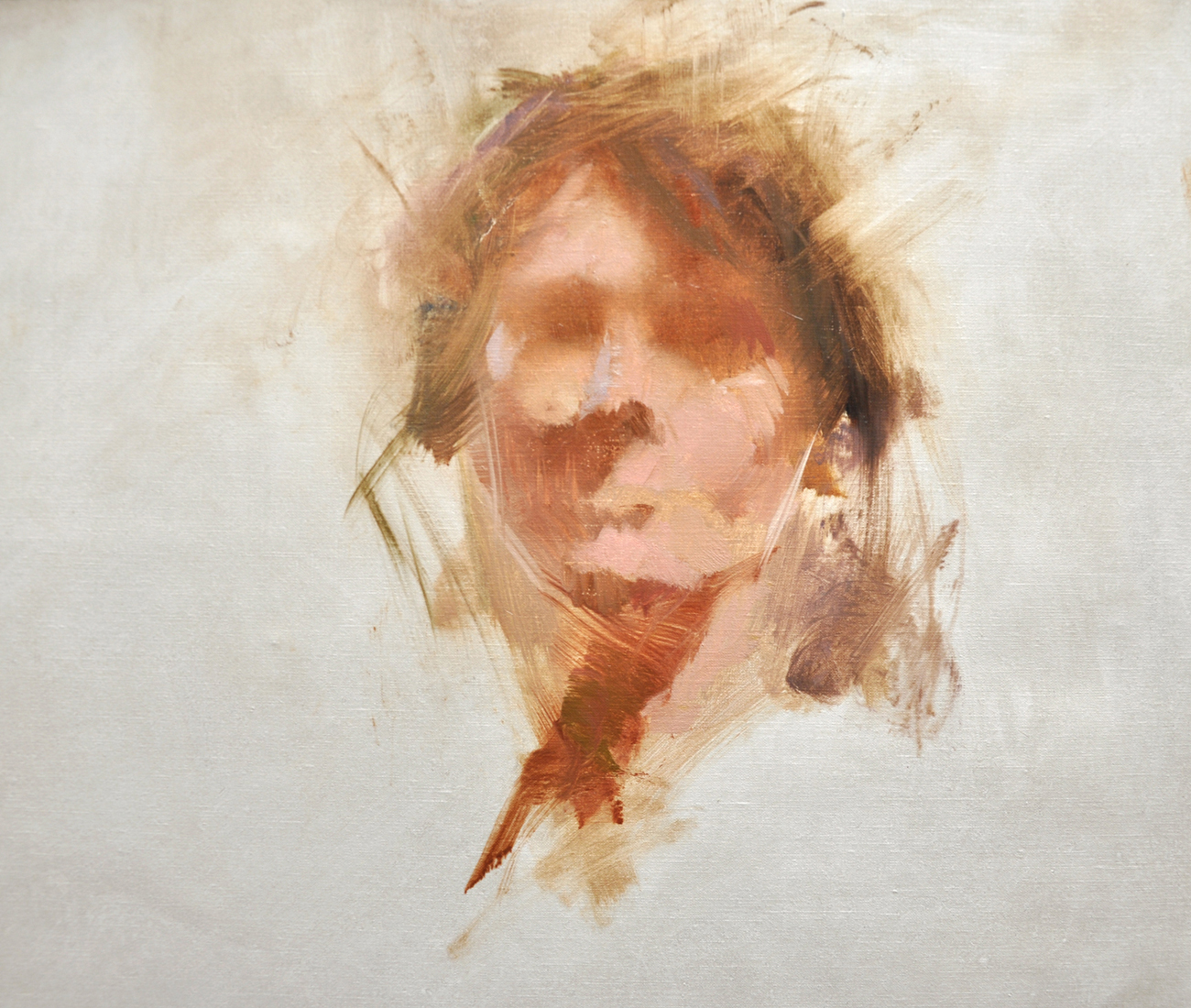A Trip Through the Globe of Metaphorical Oil Painting: Uncovering the Special Characteristics and Psychological Deepness of the Tool

History of Figurative Oil Painting
Emerging during the late Center Ages and thriving throughout the Renaissance, figurative oil painting has a rich background that mirrors both imaginative innovation and social evolution. Initially, oil paints were utilized in Europe as a means to enhance the luminance and deepness of shade in artworks. Artists such as Jan van Eyck pioneered the tool, showing its possible to catch elaborate details and textures, hence permitting a much more lifelike representation of the human form.
As the Renaissance proceeded, distinguished figures like Leonardo da Vinci and Michelangelo expanded the borders of figurative oil painting. They emphasized anatomical precision and point of view, creating jobs that communicated emotion and narrative deepness. The medium's flexibility enabled trial and error with light and darkness, leading to the growth of chiaroscuro methods that further improved the aesthetic experience.
Distinct Characteristics of the Tool
The evolution of metaphorical oil painting has been significantly affected by the distinct characteristics of the tool itself. Oil paint, composed of pigments put on hold in oil, offers artists an exceptional convenience that allows for a variety of surfaces and appearances. Its sluggish drying time makes it possible for thorough blending and layering, which can develop depth and brightness unattainable in various other tools.
Additionally, oil paint's abundant pigmentation supplies vibrant colors that preserve their strength in time. This particular is important in metaphorical painting, where catching the subtleties of complexion and psychological expressions is critical. The capacity to achieve subtle slopes and soft changes improves the natural high quality of topics, allowing artists to communicate complicated emotions.
Additionally, oil paint adheres well to numerous surface areas, such as metal, canvas, and timber, widening the scope of artistic expression. The medium's flexibility sustains different techniques, from thorough realistic look to meaningful brushwork, making it possible for musicians to discover their specific styles.
Eventually, the special residential or commercial properties of oil paint not only enrich the aesthetic experience yet additionally empower artists to communicate extensive stories, making figurative oil painting a deeply expressive art kind.
Techniques and Styles Utilized
Within the realm of metaphorical oil paint, artists use a varied selection of methods and styles that add to the deepness and richness of their job. One famous method is glazing, where clear layers of paint are used over dried layers, permitting light to permeate and show, improving brightness and depth. This approach is commonly used to attain a sense of realism and intricacy in skin tones.
Another strategy is impasto, where thick layers of paint are applied with a scheme knife or brush, developing a textured surface area that adds a three-dimensional top quality to the paint. This style can stimulate a visceral action, drawing the customer in through Visit Your URL its responsive nature.
Musicians also explore numerous brushwork styles, from penalty, detailed strokes that catch intricate functions to broader, much more expressive strokes that convey motion Your Domain Name and emotion (figurative oil painting). The selection of color scheme considerably affects the overall mood of an item, with warm tones often giving feelings of comfort and great tones suggesting moody
Moreover, the combination of chiaroscuro, the comparison between light and shadow, enables musicians to create dramatic impacts that boost the narrative high quality of their job. Each technique and style is meticulously selected to elevate the audience's experience and understanding.
Psychological Deepness in Figurative Art
Emotional deepness works as a keystone in figurative art, allowing artists to transcend simple depiction and involve viewers on a profound level. This emotional resonance is typically attained via the nuanced representation of human figures, expressions, and interactions. Artists harness the power of darkness, color, and light to evoke feelings that resonate deeply with the target market, developing a natural link to the subject matter.
In figurative oil painting, the intricate layering of paint can reflect the intricacies of human feeling. The selection of scheme, whether cozy or cool, plays a vital function in setting the mood and atmosphere of an item. Softer hues may stimulate serenity and self-questioning, while bold, different link shades can interact tension and dramatization.

Influential Artists and Their Works
Many influential musicians have actually significantly shaped the landscape of metaphorical oil painting, each contributing special perspectives and methods that remain to influence modern developers. Amongst these artists, Lucian Freud attracts attention for his intense mental deepness and raw representation of the human form, commonly obscuring the lines between elegance and decay. Freud's works, identified by thick, impasto brushstrokes, welcome viewers to face the intricacies of identification and susceptability.

Likewise, Andrew Wyeth's careful realism in pieces like "Christina's Globe" records extensive narratives within relatively easy compositions. His usage of light and darkness stimulates a sense of nostalgia and emotional vibration, drawing audiences into the intimate globes he depicts.
In the realm of contemporary art, Kehinde Wiley has gained acknowledgment for his lively, larger-than-life portraits that test standard notions of depiction. By positioning individuals of color in contexts reminiscent of timeless portraiture, Wiley's work redefines the canon of art background.
These musicians, alongside others, have not just enriched metaphorical oil paint however have actually additionally broadened the discussion surrounding emotion, society, and identity, ensuring that the tool remains an essential type of expression in the art globe. figurative oil painting.
Final Thought
In conclusion, figurative oil painting stays an effective medium that envelops the complexities of human feeling through its abundant coloring and flexible strategies. The historical advancement of this art form, incorporated with its distinct features, enables for extensive artistic expression. Methods such as glazing and impasto boost the emotional vibration of each piece, while the contributions of significant artists remain to shape the discussion and motivate surrounding this ageless style. The journey with metaphorical oil paint reveals its enduring value in the art world.
The expedition of metaphorical oil paint supplies a profound insight into the interplay of method, emotion, and historic context that specifies this age-old tool. Oil paint, made up of pigments put on hold in oil, offers artists an amazing adaptability that permits for a vast array of surfaces and appearances.Within the world of figurative oil painting, artists employ a varied selection of strategies and designs that add to the deepness and richness of their work.Various prominent artists have considerably shaped the landscape of metaphorical oil paint, each adding unique viewpoints and strategies that proceed to influence contemporary developers.In conclusion, metaphorical oil paint stays an effective medium that encapsulates the intricacies of human emotion with its abundant coloring and flexible techniques.
Comments on “Understanding Composition and Shade in Figurative Oil Painting”